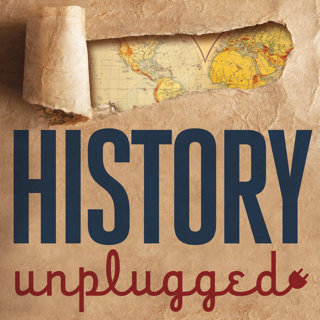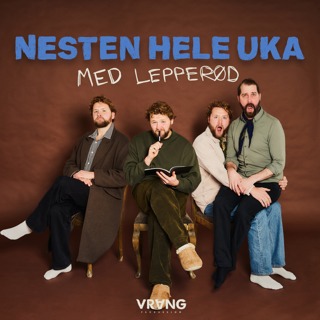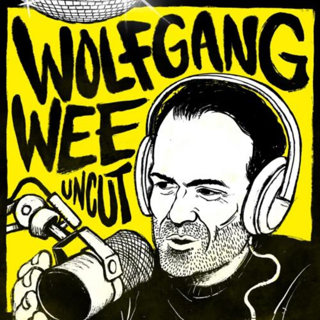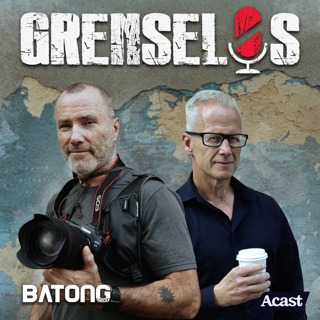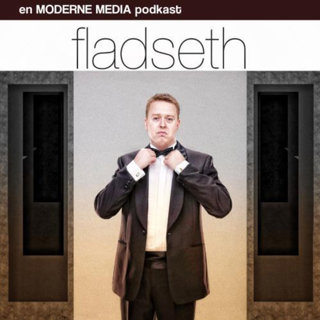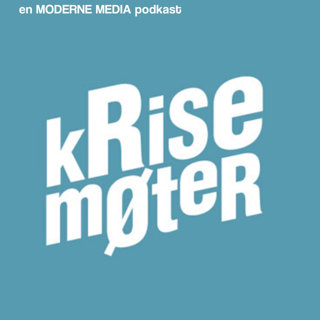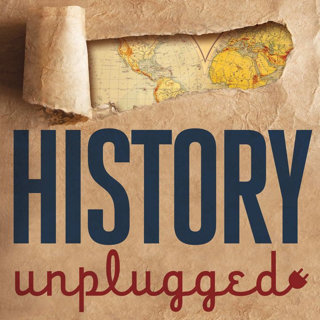
A Union General Found a Loophole in the Fugitive Slave Act, Causing 1 Million Slaves to Flee North
After the passage of the Fugitive Slave Act in 1850, enslaved people feared running away to the North, as their return was mandated, and they faced brutal punishment or even death upon return to deter others from escaping. But that changed during the Civil War. Black slaves in Confederate Virginia began hearing rumors that they could receive their freedom if they reached the Union’s Fort Monroe. Union General Benjamin Butler found a loophole in the Fugitive Slave Act that allowed slaves who fled to Northern lines to be treated as "contraband of war"—seized enemy property—under the Confiscation Act of 1861. This meant they would be set free instead of being returned to slaveholders. Butler did this to deplete the Confederacy's labor force and bolster Union morale by offering refuge to escaping enslaved people. Word spread across the state. In a short time, nearly a thousand former slaves formed a camp outside the fort. Many worked to sustain the camps, growing crops like corn or cotton on nearby abandoned lands to feed themselves and generate resources. Men, women, and even children contributed to the war effort through various tasks, such as building fortifications, digging trenches, or serving as cooks, nurses, or laborers for Union troops. Freedpeople established schools, often with the help of Northern missionaries or organizations like the American Missionary Association, teaching literacy to adults and children. Other contraband camps sprang up, and by the end of the war, 800,000 former slaves had established over 200 of them. Today’s guest is Tom Zoellner, author of “The Road Was Full of Thorns: Running Toward Freedom in the American Civil War.” We discuss how these camps fostered interracial interactions that shifted public opinion toward abolition, highlighting the agency of enslaved people in their own liberation. The Emancipation Proclamation was a delayed response to these grassroots movements, not a singular heroic act. The camps’ role in challenging slavery’s legal and social foundations helped reshape the trajectory of the Civil War.See omnystudio.com/listener for privacy information.
30 Sep 45min

The Civil War’s Brutal Finale: A War of Attrition as Terrible as WW2-Pacific and the Napoleonic Wars
In 1864, the American Civil War reached a critical juncture with Ulysses S. Grant’s Overland Campaign, including the brutal battles of the Wilderness and Spotsylvania, which claimed over 60,000 casualties, surpassing Gettysburg as the Americas’ deadliest clash. Abraham Lincoln faced a contentious re-election against George B. McClellan, while Confederate General Jubal Early’s troops came within five miles of the White House. Abolitionists pushed for emancipation, and desperate Confederate plots, like the attempt to burn New York City’s hotels, marked the war’s final months, culminating in Lincoln’s assassination by John Wilkes Booth in April 1865. Today’s guest is Scott Ellsworth, author of “Midnight on the Potomac: The Last Year of the Civil War, the Lincoln Assassination, and the Rebirth of America.” We explore how the staggering losses of 1864 shaped Lincoln’s strategy of attrition amid political uncertainty. These include lesser-known moments, like the Washington Arsenal explosion that killed 21 workers and Early’s near-invasion of Washington, D.C., which could have altered the war’s course. We also examines the November 1864 Confederate plot to destabilize New York and the conspiracy behind Lincoln’s assassination, including the unresolved question of Confederate government involvement. Reflecting on the war’s toll—over 620,000 dead and four million African-Americans freed but facing new struggles—Ellsworth illuminates how these events reshaped America’s identity.See omnystudio.com/listener for privacy information.
25 Sep 47min

Camp David Looks Like a 1970s Lakeside Retreat. Why is it the Site of the World’s Biggest Political Summits?
Camp David, nestled in Maryland’s Catoctin Mountains, spans about 125 acres, making it significantly smaller than other presidential getaways like Lyndon B. Johnson’s sprawling 2,700-acre Texas ranch or the vast 1,000-acre Bush family compound in Kennebunkport, Maine. Compared to grand diplomatic venues like the White House or international summit locations such as Versailles, its compact, rustic layout with a single main lodge and a handful of cabins offers a more intimate, secluded setting for negotiations. This modest size fosters privacy and informality, as seen during the 1978 Camp David Accords, but lacks the expansive facilities of larger estates or formal state venues. If that’s the case, why has it played host to the most important diplomatic summits of the 20th century? Because the hidden retreat is the one place the President, First Family, and invited guests can gather in absolute secrecy for relaxation, rejuvenation, and world-changing decisions. Today’s guest is Charles Ferguson, author of “Presidential Seclusion: The Power of Camp David.” We look at the importance of Camp David on diplomacy and world history. Written by the former Camp David Historian, this personalized tour of the exclusive retreat makes tree-shrouded trails, majestic vistas, and rooms where history happened over the last 80 years.See omnystudio.com/listener for privacy information.
23 Sep 41min

How British Scientists' Self-Experiments on Underwater Rebreathing Created D-Day Submarine Tech (And Nearly Killed Them in the Process)
In August 1942, over 7,000 Allied troops stormed the beaches of Normandy, France, in a largely forgotten landing, with only a small fraction surviving unscathed. The raid failed due to poor planning and lack of underwater reconnaissance, which left the Allies unaware of strong German coastal defenses and underwater obstacles. Inadequate submersible technology prevented effective pre-landing surveys, leading to heavy casualties and the inability to secure a foothold. Scientists had a rudimentary grasp of mixing air for prolonged underwater survival, with limited rebreather technology, poor understanding of oxygen toxicity, and inadequate gas supply systems. Two summers before D-Day, the Allies realized they desperately needed underwater intelligence to succeed in another beach invasion and win the war. Led by controversial biologists J.B.S. Haldane and Dr. Helen Spurway, an ingenious team of ragtag scientists worked in makeshift labs throughout the London Blitz. Amid a rain of bombs, they pioneered groundbreaking advances in underwater reconnaissance through painful and potentially fatal self-experiments. Their discoveries enabled the safe use of miniature submarines and breathing apparatuses, ultimately allowing the Allies to take the beaches of Normandy. Blast-injury specialist Dr. Rachel Lance, author of Chamber Divers: The Untold Story of the D-Day Scientists Who Changed Special Operations Forever, joined us a few years ago to discuss the CSS Hunley, a Confederate submersible used during the American Civil War, the first submarine to sink an enemy ship in combat. We explore these experiments while bringing to life the men and women whose brilliance and self-sacrifice shaped the war’s outcome, including the danger they faced in their quest to enable Allied troops to breathe underwater.See omnystudio.com/listener for privacy information.
18 Sep 53min

Over 200,000 Allied Troops Tried and Failed to Crush the Soviet Revolution After World War One
The Allied Intervention into the Russian Civil War remains one of the most ambitious yet least talked about military ventures of the 20th century. Coinciding with the end of the first World War, some 180,000 troops from several countries including the United States, the United Kingdom, France, Japan, Italy, Greece, Poland, and Romania, among others, were sent to fight alongside Russian “Whites” against the Red Army. Despite one victory for the Allied troops – independence for the Latvians and the Estonians – the two-year long attempt at reversing the 1917 Russian Revolution ended in humiliating defeat. To explore this crucial event of the early 20th century is today’s guest, Anna Reid, author of “A Nasty Little War: The Western Intervention into the Russian Civil War.” What was originally aimed to prevent Germany from exploiting the power vacuum in Eastern Europe left by the Russian Revolution ultimately morphed into the Allies’ gamble to destroy Communist ideology. It was a mixture of good intentions and self-delusion, flag-waving and empty promises, cover-ups, exaggerations, and downright lies from politicians.See omnystudio.com/listener for privacy information.
16 Sep 41min

How the U.S. Occupation of Japan After WW2 Forged the Most Durable Peace of the 20th Century
During World War II, the U.S. and Japan were locked in bitter hatred, fueled by propaganda portraying each other as ruthless enemies, exemplified by dehumanizing "Tokyo Woe" posters in the U.S. and Japanese depictions of Americans as barbaric invaders. After the war, the feelings seemed to turn 180 degrees overnight. By the early 1950s, American servicemen in the occupying forces learned about Japanese tea ceremonies and traditions during the U.S. occupation, fostering cultural appreciation. By the 1950s, dishes like teriyaki and sukiyaki became popular in America, with Kyu Sakamoto’s 1963 hit song “Sukiyaki” topping U.S. charts, signaling a growing fascination with Japanese culture. This led the way to the Japanese automotive and electronics invasion a decade later, with brands like Nikon, Canon, and Toyota crushing the domestic market. How did sentiments between the nations change so quickly? Much of it has to do with the success of the American occupation of Japan after the war, which rebuilt Japan’s economy and fostered mutual respect. To explain this period is today’s guest, Christopher Harding, author of “A Short History of Japan.” We look at Japan’s own view of its past, the transformative policies of General Douglas MacArthur’s administration that democratized and modernized Japan, the role of cultural exchanges in softening mutual perceptions, and how Japan’s rapid post-war recovery laid the groundwork for its emergence as a global economic power by the 1960s.See omnystudio.com/listener for privacy information.
11 Sep 1h

Homer Couldn't Have Written the Iliad, But He Probably Dictated it Word for Word
The Iliad is the world’s greatest epic poem—heroic battle and divine fate set against the Trojan War. Its beauty and profound bleakness are intensely moving, but great questions remain: Where, how, and when was it composed and why does it endure? To explore these questions is today’s guest, Robin Lane Fox, a scholar and teacher of Homer for over 40 years. He’s the author of “Homer and His Iliad” and he addresses these questions, drawing on a lifelong love and engagement with the poem. He argues that the poem is the result of the genius and single oral poet, Homer, and that the poem may have been performed even earlier than previously supposed a place, a date, and a method for its composition—subjects of ongoing controversy. Lane Fox considers hallmarks of the poem; its values, implicit and explicit; its characters; its women; its gods; and even its horses.See omnystudio.com/listener for privacy information.
9 Sep 52min

Depression-Era Planners Thought They’d End Poverty with Public Housing. Instead, They Created the Projects
In the 1930s, New Deal-era technocrats devised a solution to homelessness and poverty itself. They believed that providing free or low-cost urban housing projects could completely eliminate housing scarcity. Planners envisioned urban communities that would propel their residents into the middle class, creating a flywheel of abundance where poverty was eradicated. However, once construction began after World War II, these projects quickly became dangerous, poorly maintained slums, serving as breeding grounds for crime and decay. By the 1970s, crime rates were so high that levels of violence rivaled those of war zones in Sub-Saharan Africa. What happened? Why did so many of the best and brightest who promoted housing projects—like First Lady Eleanor Roosevelt or city planner Robert Moses—create one of the worst government debacles of the 20th century? Why didn’t they foresee that housing projects would become hotbeds of crime, completely destroying the social fabric of the neighborhoods they aimed to help? Today’s guest is Howard Husock, author of “The Projects: A New History of Public Housing.” He explains how we got here, detailing the tragic rise and fall of public housing and the pitfalls of other subsidy programs. He takes us inside a progressive movement led by a group of New York City philanthropists, politicians, and business magnates who first championed public housing as a solution to urban blight. We explore everything that went wrong and what can be done to avoid these same mistakes in the future.See omnystudio.com/listener for privacy information.
4 Sep 41min
